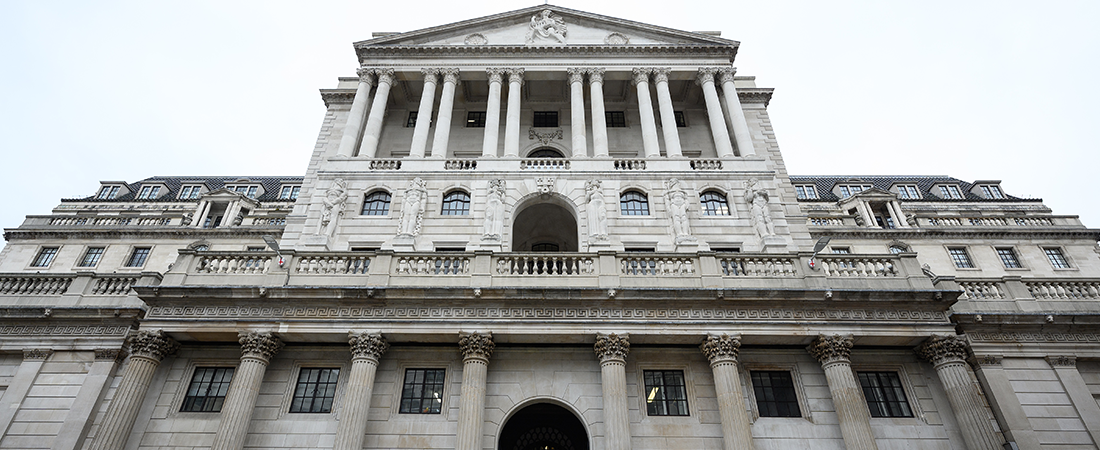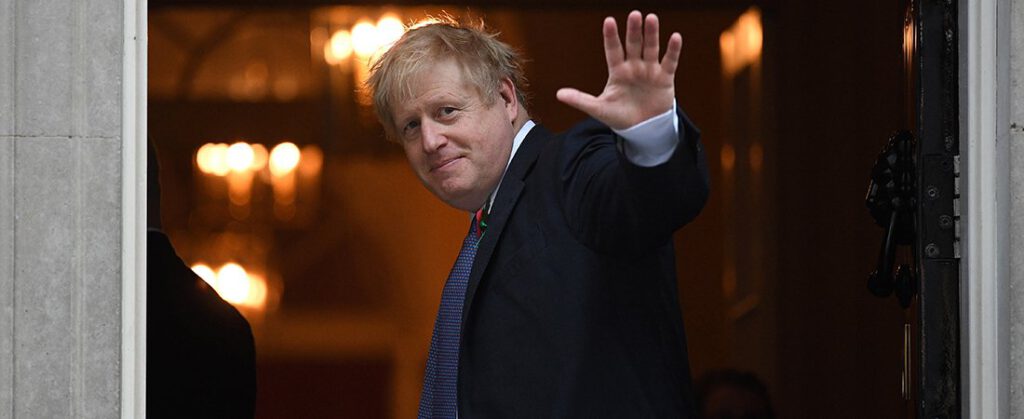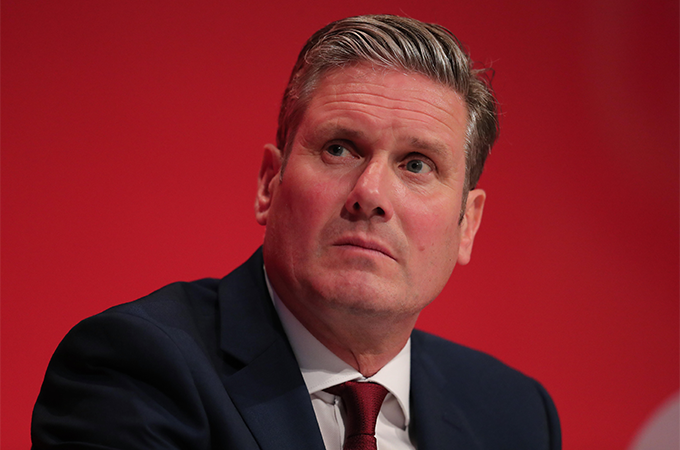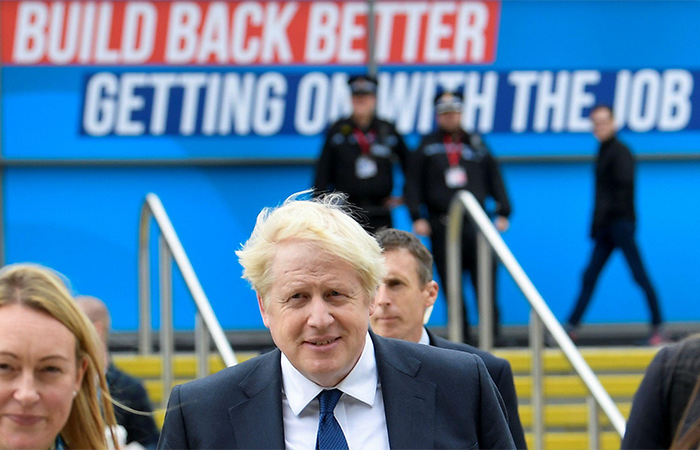Whilst much of the conversation over the past week in Westminster has focused on allegations of sleaze and corruption, another story, with potentially larger ramifications for the UK economy, has continued to develop.
When Andrew Bailey, the Bank of England’s Governor, surprised analysts and editors alike last week in holding interest rates at 0.1%, the accusations that the Bank had “bottled it” on inflation were swift.
Despite partly fair accusations of poor communication in recent months, it is clear that an interest rate rise is coming. Concern over inflation has grown significantly, with the Bank now expecting it to continue to grow until mid next year when it will reach 5%, the highest seen in over a decade. As a sign of how quickly this has developed, the Bank’s August Monetary Report forecast that rates would only reach 0.5% in 2024, contrasted with the 1% by the end of next year forecast now. With the latest US inflation statistics showing inflation at a 30 year high, this fear may continue to grow at pace.
However for now, the Bank fears a pre-emptive rise in rates would send the already faltering recovery into flatline, and believes it is better to allow the economy to run hot just a little longer before acting. This is a gamble, but the Bank believes it is one worth taking. Yet, it is worth diving into what this may mean for consumers, businesses and Government as we head into 2022 and beyond.
Consumers & Businesses
The first of these ‘trade offs’ which the Bank has alluded to in allowing higher inflation over the short-term is the impact on the cost of living. The Governor has admitted that Britons face materially higher prices for the foreseeable future, with post-tax wages not expected to keep pace with inflation until at least 2023. Moreover, the prospect of future rates rises has seen high street lenders begin to raise interest payments for new and renewed mortgages, further impacting household incomes. These, coupled with the impact of recent and upcoming Government tax rises, could have a severe impact on real household incomes and living standards.
Supply constraints are expected to continue to bite businesses well into next year. Whilst the Bank forecasts that these will ease from mid-2022, business leaders have warned that, in certain sectors, constraints could last well into 2023, leading to fears of a longer and deeper supply hangover, and thus elevated prices, than has been priced in.
The Bank admits uncertainty over the trajectory of the labour market, and this uncertainty has weighed on the decision to hold rates. Whilst unemployment remains above 2019 levels, businesses continue to warn of recruitment issues, suggesting that we could be seeing a shift in working patterns. If this trend continues, this could lead to what economists call a wage-price spiral (where wages continue to grow due to demand, and prices follow), a more troubling inflationary sign. Here, we must wait for the next report in 6 weeks time to see the full impact of the latest jobs data, but it will continue to weigh on business concerns.
High energy prices will continue to impact business costs and household incomes over the coming months, with the Bank forecasting a 35% rise in consumer gas tariffs in April. The Governor has warned that we may face permanently higher gas prices due to the shift to renewables, which will in turn lead to permanently higher business costs, lower household incomes and reduced demand. This in part explains why the Bank has seen fit to lower its growth forecasts for the UK economy to a paltry 1% by 2024, in contrast to 2% in the US or 1.5% in the EU. This gloomy outlook will raise further questions about whether the UK is less resilient to global shocks, and could have longer term impacts in money markets and when attracting global investment.
Government
All in all, this makes for a rather unpleasant cocktail for the Chancellor. Whilst some may say that Bailey has continued to ‘bailout’ Government with low interest rates, the road ahead is anything but easy. The Chancellor faces a rate rise in the coming months which the Governor is adamant will come if the Bank is to maintain control over inflation. A 1% rise would cost the Treasury an additional £25 billion a year in payments – roughly equivalent to the Department for Transport’s budget – and severely eat into the Chancellor’s planned tax-cutting kitty as well as raise the cost of any future debt raises to fund the Prime Minister’s many capital projects.
With an election coming in 2023 or 2024, the Chancellor faces limited room to cut taxes, a series of potential spikes in energy prices, further damaging the Government’s Net Zero credibility, and an increasingly gloomy picture for the economic recovery and real incomes.
Whilst the Government may exclaim that the UK has seen the fastest recovery in the G7, the remainder of the Parliament may leave the Chancellor with an increasingly difficult hand to play if he is to deliver on his Budget pledges and manifesto commitments.





